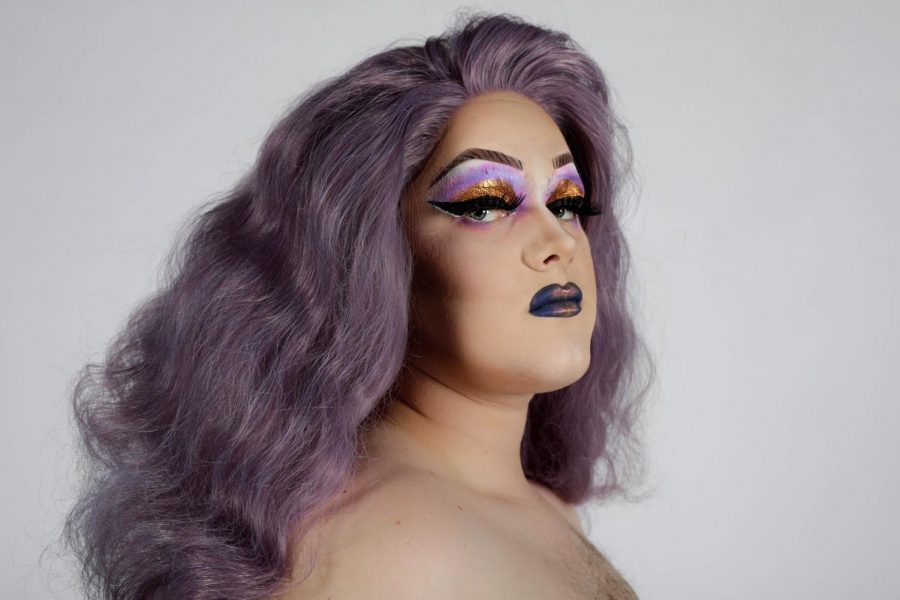Life’s a Drag
March 8, 2019
Drag finds a home in Corvallis and creates a space for OSU students to partake in a radical form of self-expression.
Drag blends in its style and execution from a mix of the political and the creative. Drag enables people to process trauma, establish a network, raise money for essential causes/associations, or as a space to rethink understandings of sexual orientation articulation, gender play, and gender expression.
Drag was first established through cross-dressing for ceremonies and theatre in Native American, South American, Egyptian, and Japanese cultures. In 17th century Shakespearean theatre, there were male actors and many female roles. To resolve this, directors would cast men in female roles and partake in cross dressing. Because of this, the word drag was coined.
Then, from the 1870s to the 1920s, drag was used as a method of mocking females. Men would put on acts as if they were women, ridiculing femininity. In the late ‘20s, LGBT bars were created and provided a stage for drag performers. Drag became a part of the queer community because they were more accepting towards individuals who choose to bend gender lines.
According to the media company, The Odyssey, RuPaul’s Drag Race was the iconic TV show that brought drag into the public eye. The show became a cornerstone for queer reality TV, bringing many drag queens to stardom. Drag queens have also participated in other areas from movies and political movements.
Although Corvallis is a small town, drag can still be found, especially on the Oregon State University campus with organizations such as the Rainbow Continuum, SOL, Delta Lambda Phi and House of Dharma.
“Drag shows do so much more than just entertain here! For many folks, the drag shows are spaces of liberation. For a lot of marginalized folk’s spaces like this it may be the only place they feel safe expressing themselves,” said Dharma Mirza, Mother of Haus of Dharma. “Drag events, for me, here provide an opportunity to challenge societal expectations of gender expression, aesthetics, and art.”
“Drag has allowed me to explore my identity that hasn’t been explored in a while. I am an indigenous queer two-spirit person. Drag has allowed me to go beyond my own preconceived idea of what I should look like,” said Kobe Natachu, a junior at OSU.
Drag is a staple of LGBTQ+ nightlife and is constructing community within Corvallis. Normalizing queer occasions and drawing in the network without issues is crucial for creating solidarity and support inside queer networks.


